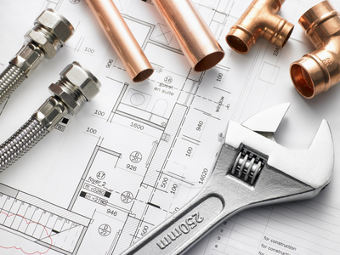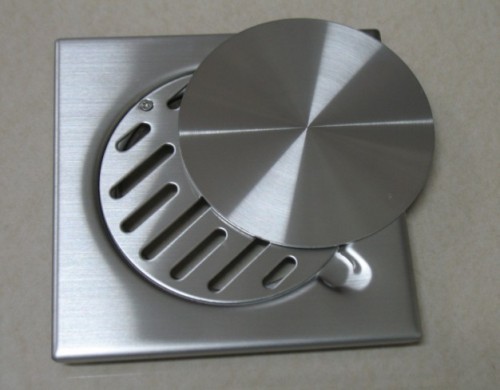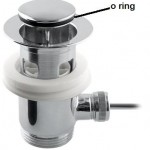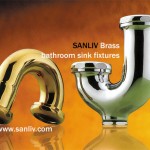Your best source for plumbing information in the bathroom is your own two eyes. Plumbing preventive maintenance starts with inspecting your shutoff valves under the sink and toilet. Do you find leaks, drips, or cracks in the basin, bowl, or pipes? Leaks are often caused by connections which need tightening. Cracks can be sealed with putty.

The next step is lifting the lid on your toilet tank. If your toilet has been constantly running, a quick check of the floater could reveal the source of your problem. Adjust the floater to fix the problem. If there is no problem, check the floater to make sure the fittings are properly adjusted and tightened on the assembly. A loose screw may allow the floater to slip. Bathroom maintenance for toilets includes flushing only paper. Don’t allow any foreign objects to be flushed, and never pour hot liquid into a toilet bowl.
Preventive Maintenance Tips for Bathroom Plumbing Systems
Plumbing maintenance includes catching small problems before they develop into major hassles. Is your toilet is rocking from side to side? Does it lack the stability it once had? You may need to maintain or replace your toilet flange. This is a fitting that lets you connect to the floor underneath, with the rim of the flange resting on the floor. This prevents any weight being transferred to the drainage pipes, which should never be allowed. If you have an old, decrepit toilet flange you can buy an extender ring that fits over the existing flange.
The most important part of toilet maintenance on this part of the system is the airtight seal; follow all installation directions to the letter, and don’t skip the sealing and caulking stages. Toilet flange plumbing maintenance is important for preventing more serious problems later, especially if your current setup is putting weight on the pipes. The last thing you want to deal with is a broken toilet drain pipe.




